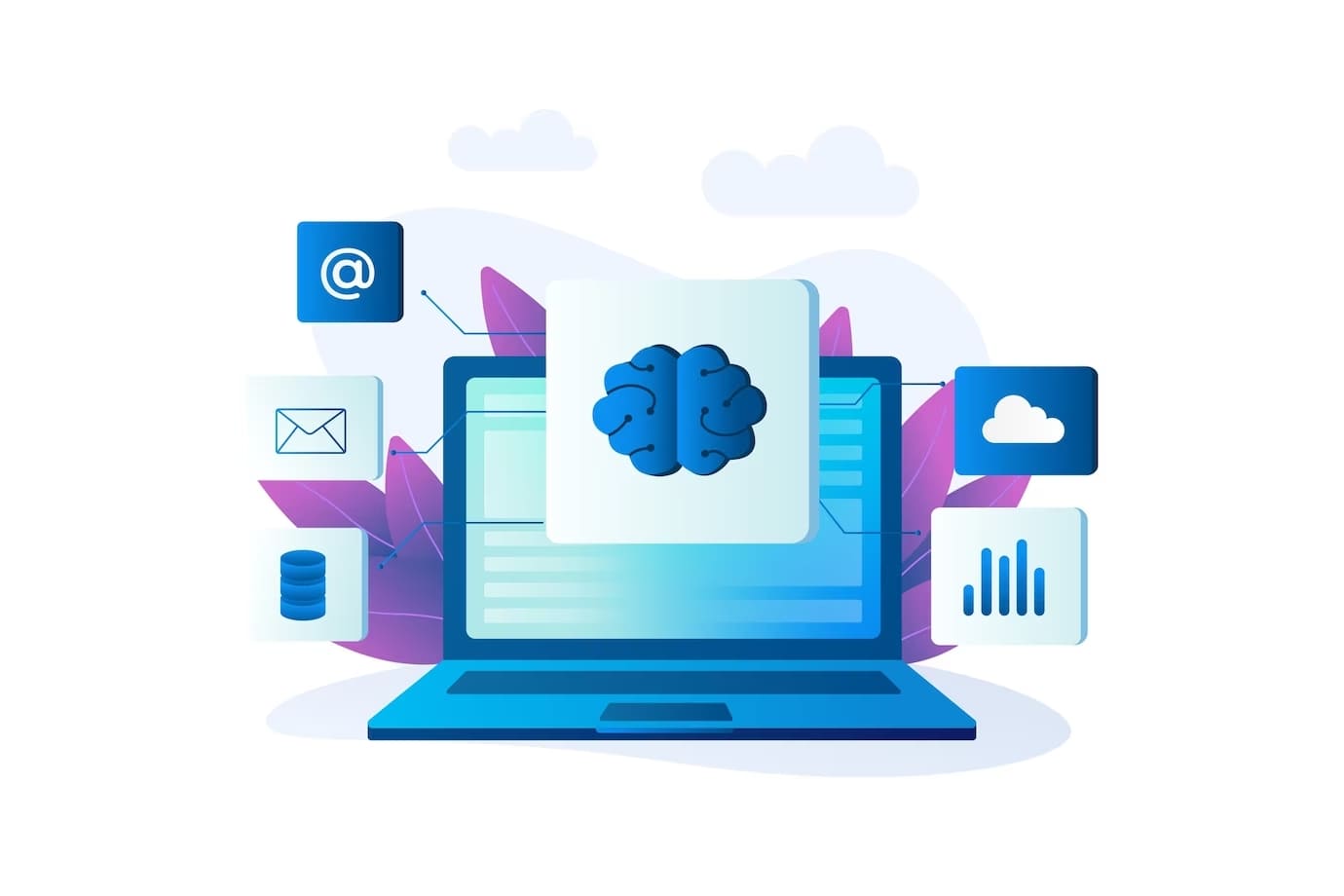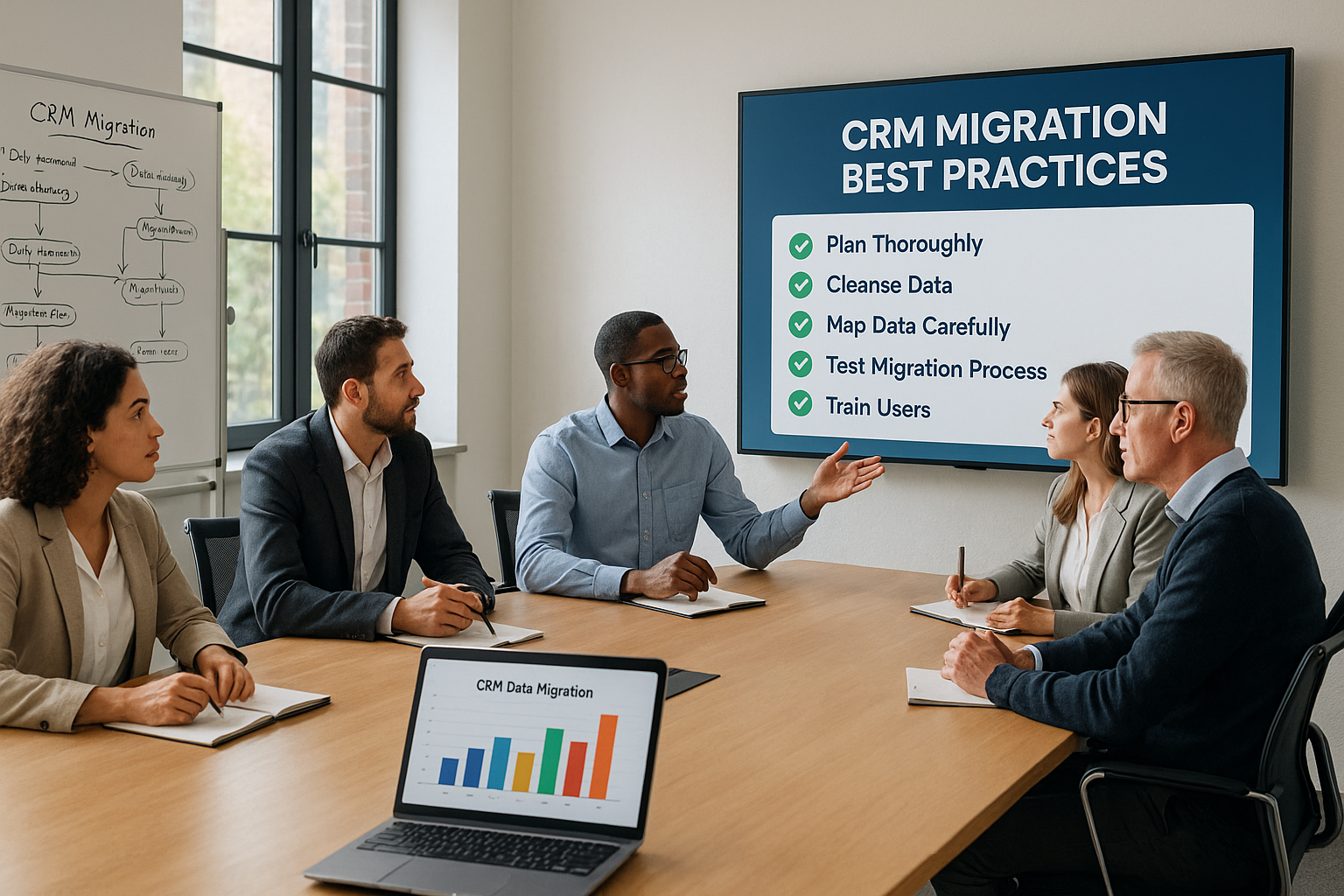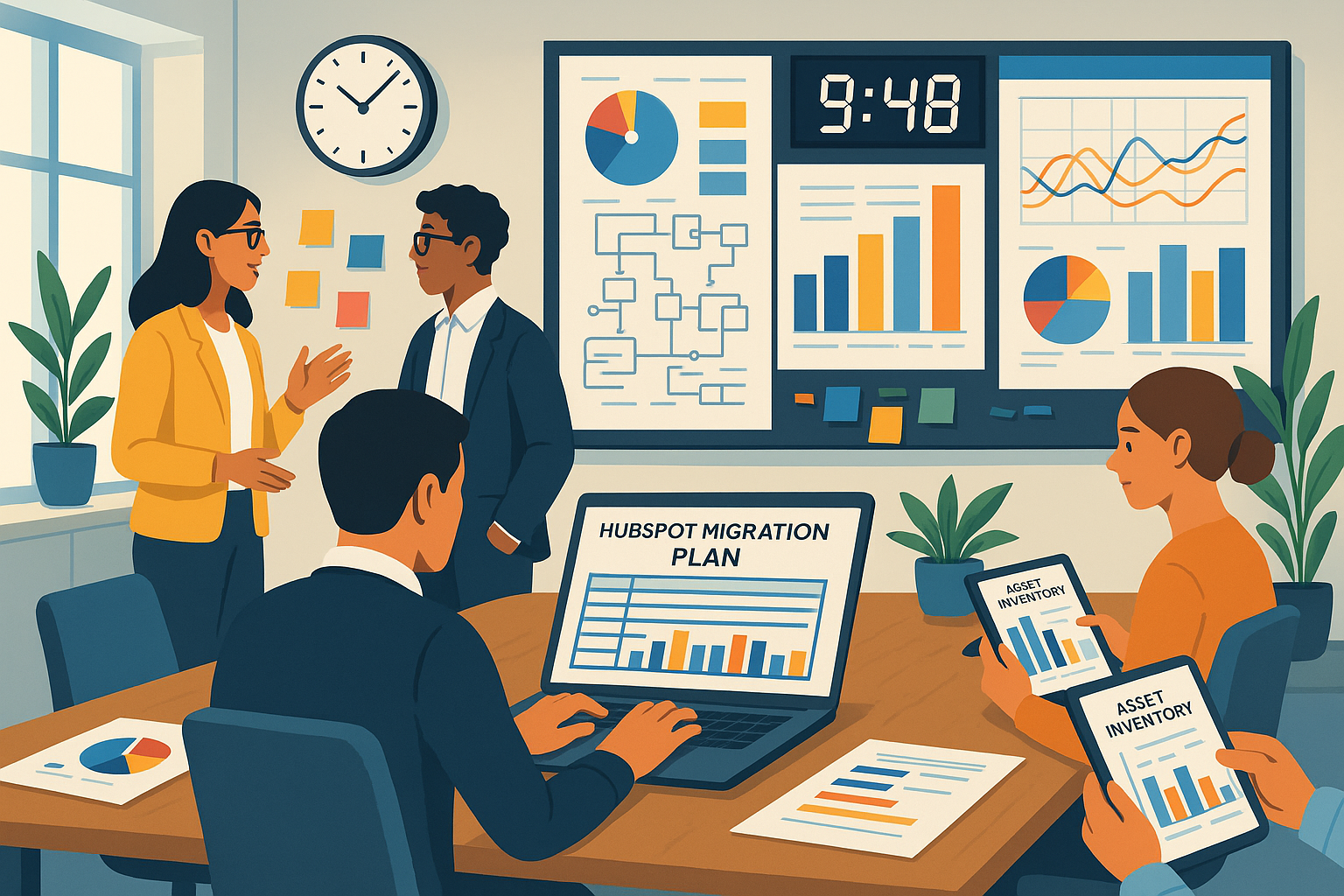What data can I migrate from Salesforce to HubSpot?
The objects below are included by default; however, any object can be added to the migration. We support all native and custom objects from Salesforce.
| Salesforce Objects | Salesforce Lightning Considerations | HubSpot Objects |
| Accounts → | Versatile record types and layouts | Companies |
| Attachments → | Lightning notes/attachments | Attachments |
| Calls (Tasks) → | Automated by Flows | Calls |
| Campaigns → | Member statuses and hierarchies differ | Campaigns |
| Comments → | Chatter/custom UI elements | Comments |
| Contacts → | Can be linked to multiple accounts | Contacts |
| Email Messages → | Templates; test activity mapping | Emails |
| Leads → | Assignment rules need review | Lead |
| Meetings (Events) → | Repeated events may migrate incorrectly | Meetings |
| Notes → | Require compatibility check | Notes |
| Opportunities → | Automations must be restructured in HubSpot | Deals |
| Products → | Dependencies need to be simplified | Products |
| Tasks → | Flow-based logic has to be rebuilt | Tasks |
| Users → | User hierarchy differs; requires adjustments | Users |
While migrating from Salesforce to HubSpot, you may notice that the majority of core objects match directly; however, Lightning adds more customization layers that require manual check-up and adjustment before full-scale migration.
HubSpot-Salesforce Integration
SyncMatters' integration platform was built to connect any data or system to HubSpot directly, including Salesforce CRM. Being the first specific HubSpot middleware, we have robust experience and profound knowledge behind our HubSpot integration projects. We’ve builtit to fit every kind of user. Whether you have little knowledge or a clear understanding, our middleware adapts to all levels of technical experience. Our integration background is stealthy, as we’ve worked with Dell Boomi, Workato, and Bedrock Data.
The HubSpot-Salesforce integration allows you to seamlessly pass data between HubSpot and Salesforce and maintain consistency between your marketing and sales teams. But there are some requirements for HubSpot-Salesforce integration. The integration user installing the HubSpot-Salesforce integration must have the following subscriptions, access, and permissions.
Moreover, it may face HubSpot-Salesforce sync errors, where you have to adjust HubSpot-Salesforce API calls limits, which prevent data from syncing. You can identify and resolve these sync errors in your Salesforce integration settings. Read about HubSpot's alternatives.
Salesforce to HubSpot Migration: SyncMatters' Route
Some people consider data migration as a fast switch of the database from one platform to the new one. Unfortunately, it doesn't work that way.
Datasets can be amazingly knotty and complex. In cases where the datasets are small, objects are easy, and the custom fields are small. As a result, the migration process can be accelerated. Afterward, you can pursue the migration on your own at the lowest possible cost using an automated migration tool.
How We Get You a Firm Scope
- NDA
By signing a non-disclosure agreement, you’re ensured that your data will be secure and will not be shared. We delete your data from our servers when our transaction is complete.
- Secure access
We send you an encrypted link, and we access your dataset through APIs. We can also request a full data backup or request your target credentials to upload to our server.
- Efforts determined
Once we have access, our tech engineers start to determine efforts by analyzing scope and complexity.
- Proposal Confirmation
When you have confirmed the proposal and scope of work, we provide you with our MSA (Master Service Agreement). The project begins with an introductory call with your personal account manager, who will assist you throughout the process.
Milestones of Salesforce to HubSpot Import Process
- A kickoff call. You and your account manager will have a 30-minute video call and use screen-sharing to take a look at the entire project.
- Mapping session. Our tech engineers will cache your data, build your mapping interface, and delete or even merge fields.
- Checking data. Here, we take a subset of data from your database and move it into the desired solution. This involves the mapping logic and any other custom requests. We want to make sure we have it right before moving data in bulk.
- Pushing data. If everything is right, we’ll begin the full migration. On average, this process takes 1-5 days.
- Quality check. Our QA team checks whether all the data landed accurately. They check for errors against the mapping as well as the associations between all objects.
- Delta migration. Your company can continue to work in the current CRM during the migration. When you and your team are ready to stop using the source solution, we comply with the delta migration.

Tips after the Salesforce to HubSpot Migration
Provide Ongoing Training for New CRM Features & Processes
When new CRM features are introduced, it is important to make sure the team is updated. Without constant planning, the team would not complete tasks with new CRM functionality that could lead to delays and failures. CRM functions' effort to simplify processes would have been redundant simply because no one knows how to use them.
Estimate Your CRM’s Features
Estimate the implementation of your platform 2-3 months after the start of the CRM. Is that everything you expected? Are you satisfied with your layouts? Many vendors allow users to make small changes to the system in the first few months of use.
It is recommended that the CRM be re-estimated after one year of use. There might be some new fields that you'd like to add. Or some features weren't needed initially, but now it would be a good thing to have.
Test your HubSpot CRM
Even if you have gone through the migration process smoothly and error-free, you also need to conduct a post-migration audit. Take the time to look for potential problems in your new CRM. Make sure the required data was migrated, and the dashboard is working correctly.
Conclusion
That’s it! This is what the Salesforce to HubSpot migration looks like. HubSpot can boost the efficiency of your sales processes as well as improve your customer experience. Perform Salesforce to HubSpot import smoothly and securely using SyncMatters' migration solutions.
So, here’s your Salesforce to HubSpot Migration checklist:
Pre-Migration Tips:
- Clean up data
- Get organized
- Know your data
- Create a backup plan
- Map out your data
- Test the migration service
- Estimate the migration price
Import Process:
- Choose Salesforce as existing and HubSpot as a future CRM platform
- Enter all required credentials
- Modify the objects you want to migrate
- Start free sample migration
- Evaluate results and launch the Full Migration
Post-Migration Tips:
- Provide Ongoing Training for New CRM Features
- Estimate Your CRM’s Features
- Test your HubSpot CRM
If you want to learn more about the process of data migration to HubSpot CRM, contact our experts for useful insights.








